This is how you start to look more closely at our flora and fauna and you will believe that not only evolution worked here, but also aliens played a joke, who secretly landed, for the purpose of an experiment, and brought strange plants to our planet... A joke of course, but who knows, because it is something.
Black cohosh or doll's eyes 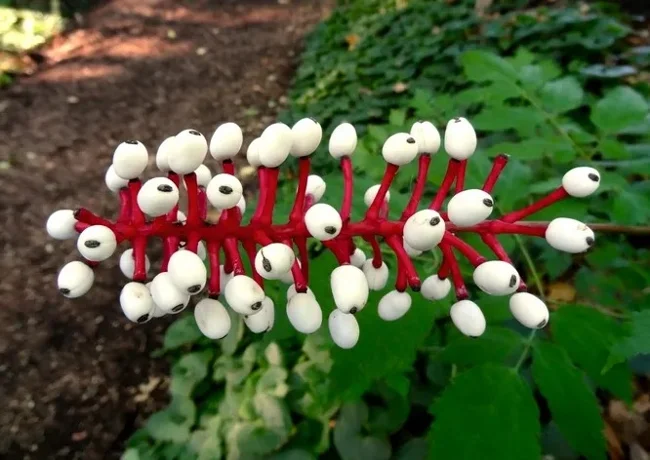
In early spring it looks quite ordinary, with rich green complex leaves, serrated and pinnate. But with the arrival of spring, white flowers appear, numbering from ten to twenty-eight inflorescences located at the top of the stem. These flowers will give way to small berries with the onset of summer. When they are fully ripe, each white berry will have a bright black dot - the "doll's eyeball", at least that's what some people think. The blood-red stems enhance the strange effect, creating the impression that each "doll's" eye has some kind of creepy "root". Locals try to avoid the doll's eyes, because they believe in numerous superstitions about this plant. They say that the white fruits on the red stem should not only not be picked, but also not looked at. Anyone who sees the plant will have nightmares in their sleep.
Giant Sequoia 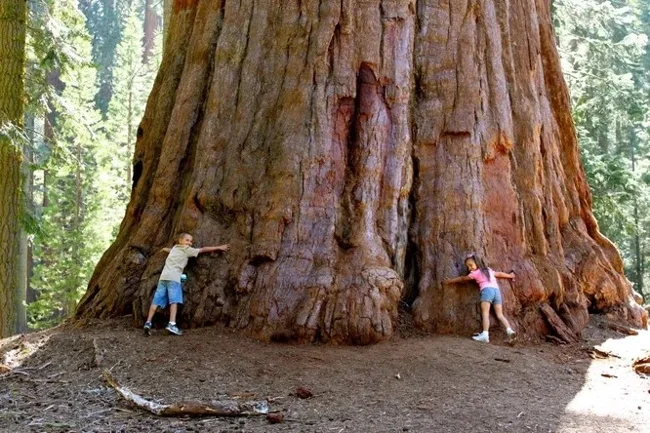
The giant sequoia, also called the mammoth tree because of its gigantic size and the external resemblance of its huge hanging branches to the tusks of a mammoth, is undoubtedly the most famous representative
Giant aloe 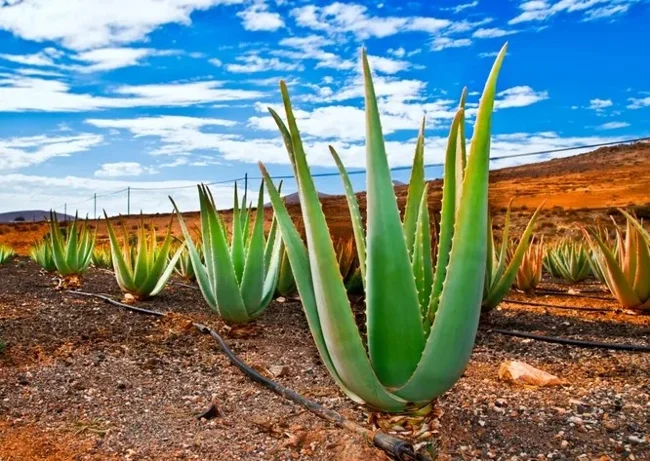
You've probably been familiar with domestic Aloe since childhood. This succulent grows in many houses, its distinctive feature being fleshy leaves framed by thorns, arranged in a spiral in densely collected rosettes. In the wild, there are about 500 species of plants growing in hot regions - Africa, the Mediterranean and Arabia. These species are very different in appearance, there are real giants - trees reaching a height of up to 20 meters. There are liana-like Aloe, and shrubs with long, about half a meter, spreading leaves.
African Hydnora 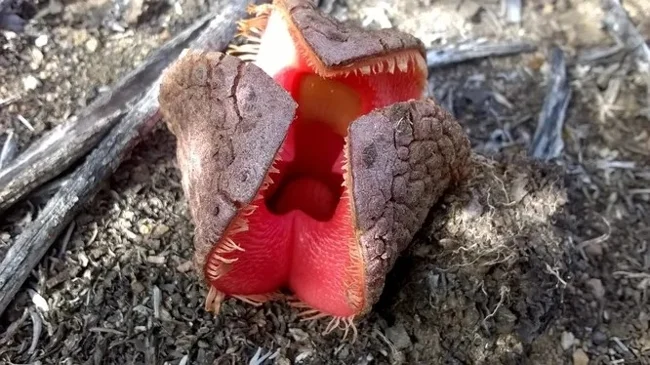
African Hydnora is one of the strangest looking plants on Earth. It is a parasite, as it attaches itself to the roots of trees and shrubs, taking away their nutrients. Despite its frightening appearance, it is often used for medicinal purposes. Monkeys, foxes and even jackals also like to eat its fruits.
Greenovia 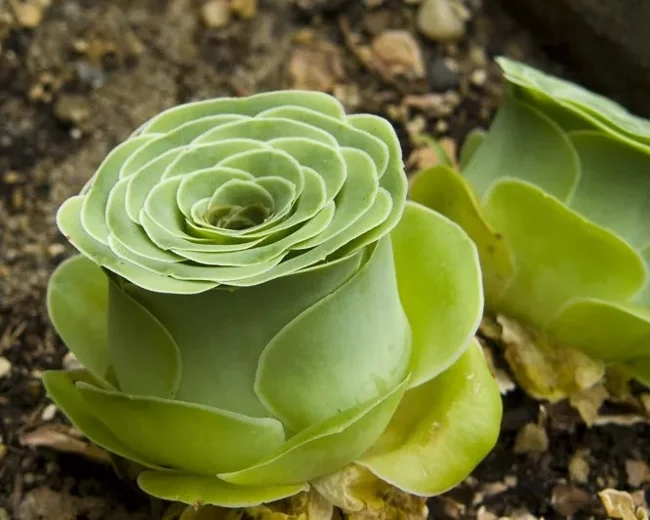
Greenovia is a small perennial succulent plant that is very rarely found on sale. The leaves are fleshy, smooth, round or heart-shaped, sessile, overlap one another and form a nice dense basal rosette, light green, sometimes with a bluish waxy coating.
Dragon tree 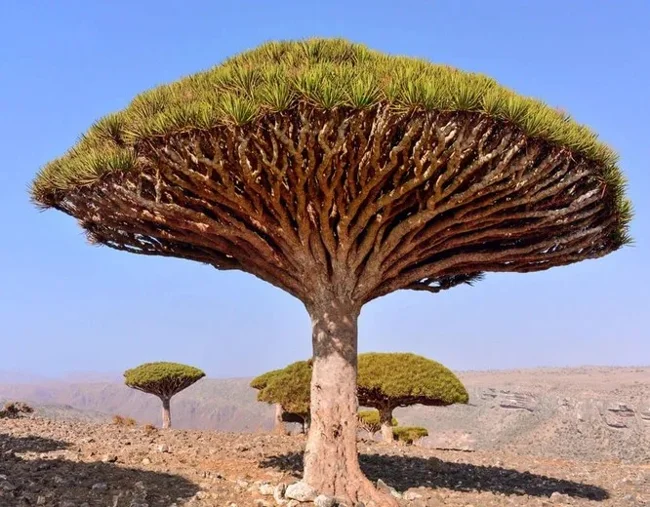
Dracaena draco or dragon tree, belongs to the Asparagus family. This is an endemic plant of the Canary Islands. Outwardly, it is so unusual that no one remains indifferent, and the unique medicinal resin contained in the trunks serves as a reason for the creation of beautiful legends.
Conophytum 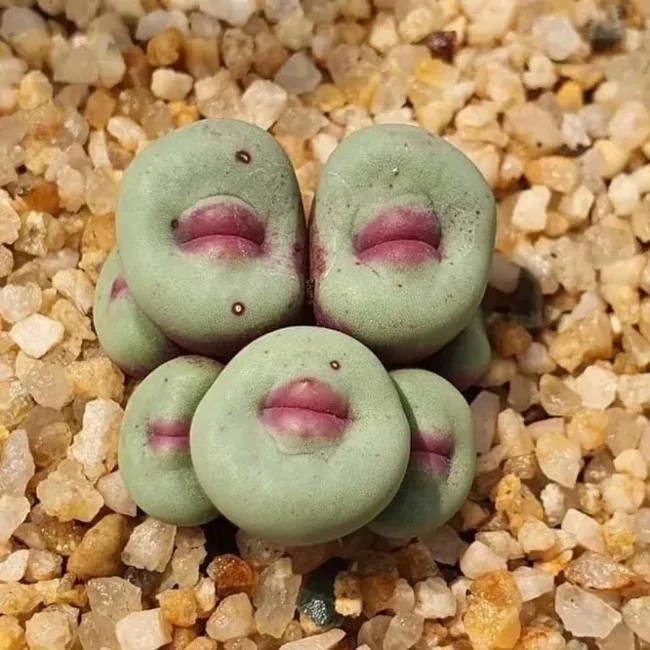
In nature, conophytums grow in the desert, among the stones, under whose appearance they disguise themselves. The succulent attracts gardeners with its unusual appearance, unpretentiousness and bright, long-lasting flowering.
Royal Protea 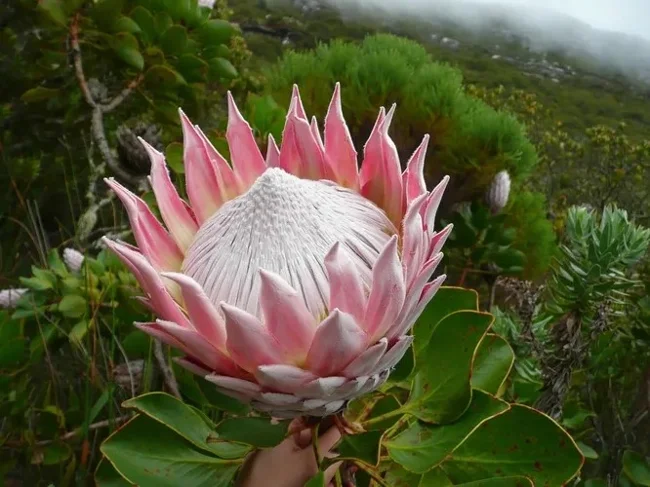
Protea is an evergreen shrub with long shoots and unusually shaped flowers that look like ocean dwellers. The plant got its name in honor of the sea god Proteus, who was able to change his appearance. The royal protea is adapted to survive fires thanks to its thick underground stem, which has many dormant buds. They will produce new growth after the fire.
Prettyberry 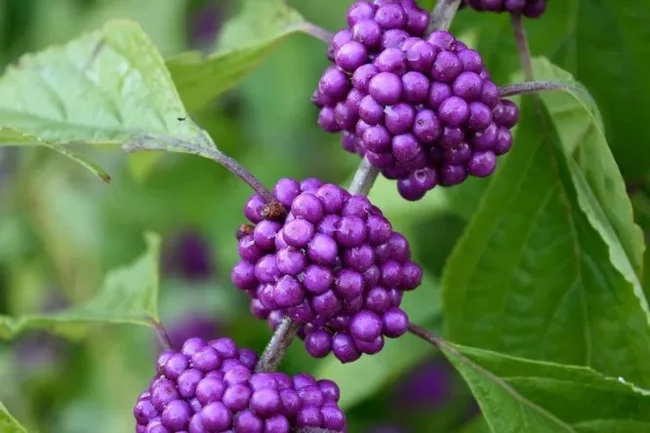
The main decoration of the bush is its incredibly beautiful fruits with shiny skin. The berries have a tart and rather unpleasant taste, so they are not eaten raw. However, they can be used to make wine, sauces and jelly.
Lithops 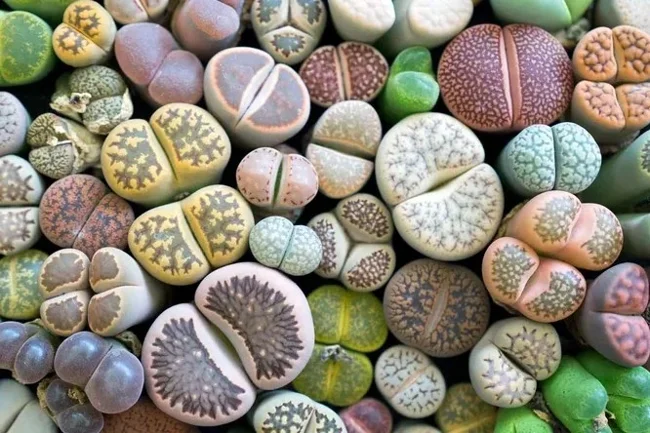
The name "lithops" comes from the combination of two Greek words, translated as "stone" and "appearance, image". When translated literally, it means "appearance of a stone". In modern language, the second name of the plant is "living stones". It was not without reason that the Greeks gave this name to small flowers. In their appearance, they look like small flat stones.
Pseudolithos 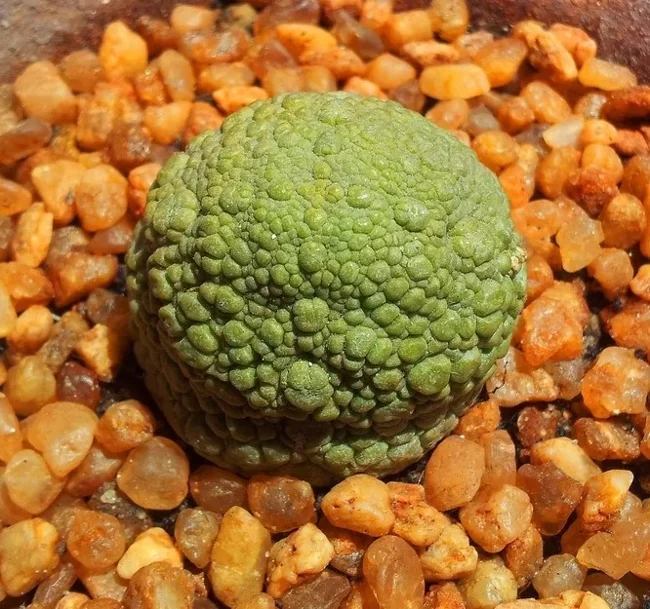
Pseudolithos is a genus of succulent plants that belongs to the Kutrov family. Translated from Greek, this name means "false stone", this is due to the fact that externally the culture can really be confused with a stone. The homeland of such plants is Oman, Somalia, Yemen. They are also found in South Africa.
Chilean Puya 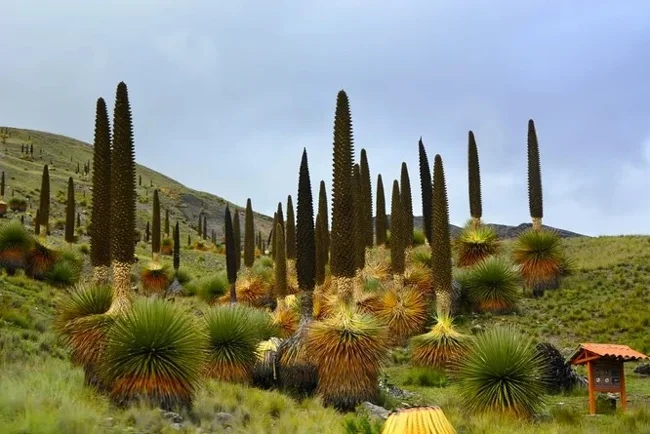
In its native Andes, the plant uses its thorns to capture sheep and other animals. Trapped animals die of starvation, and the insidious plant sucks nutrients from their decomposing bodies
Rafflesia Arnoldii 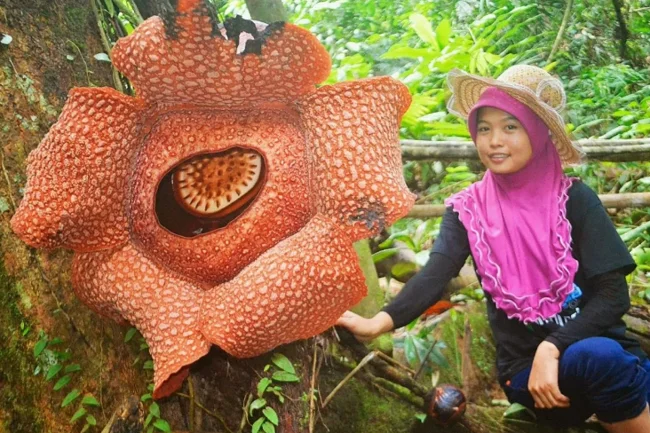
Finding a plant with the world's largest flower in the jungle is problematic. Rafflesias grow singly, bloom at different times of the year and bloom for no more than four days. Those who managed to admire it in person are truly lucky.
Rose of Jericho 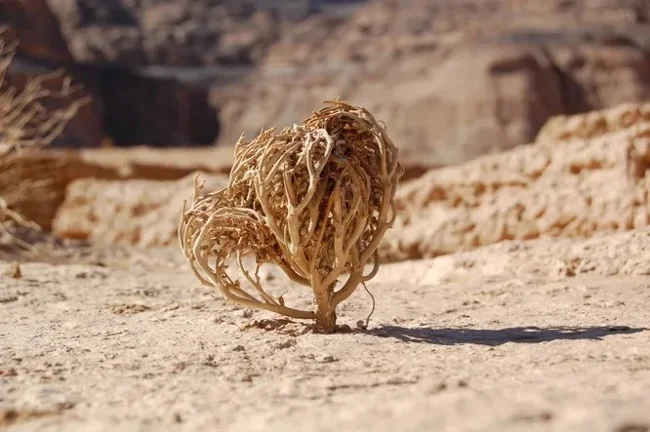
An amazing plant that can literally resurrect from a dried state. Rose of Jericho falls into a kind of "hibernation" if there is not enough liquid to support life
Tacca Chantrier 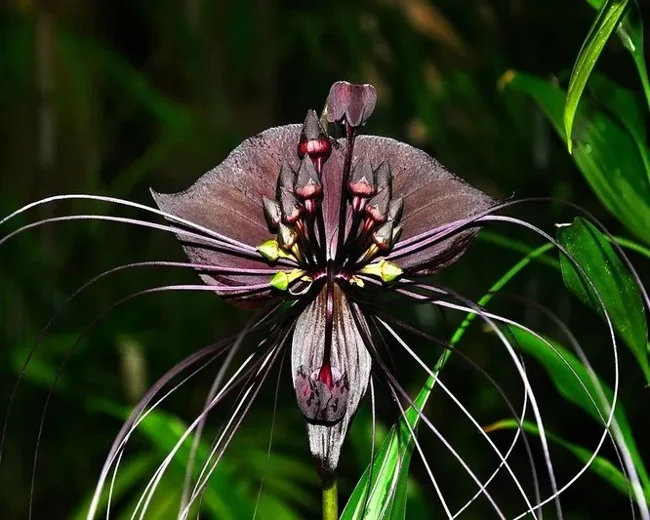
Tacca is one of the most unusual exotic plants, thanks to its unique flowers, which are actually inflorescences. Their strange and unique beauty is perfectly conveyed by such names as: "bat flower", "white dove", "devil's flower
Trachyandra 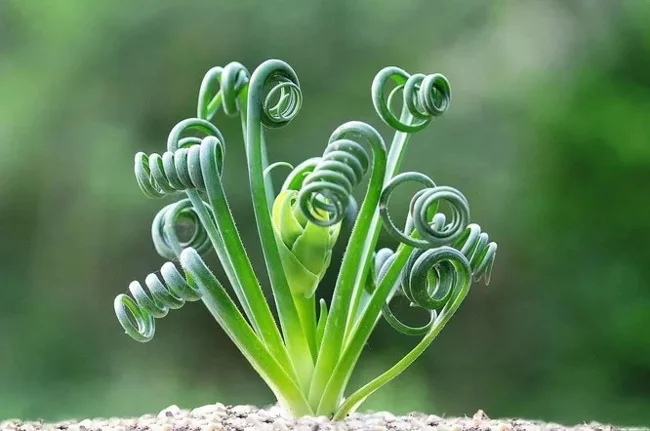
For its unusual appearance, trachyandra with curling leaves is called "jellyfish tentacles". There are other popular names for this perennial exotic succulent plant - "curly hair", "trachanda". And also "corkscrew grass", "space plant" and even "vermicelli
Haworthia Cooperi 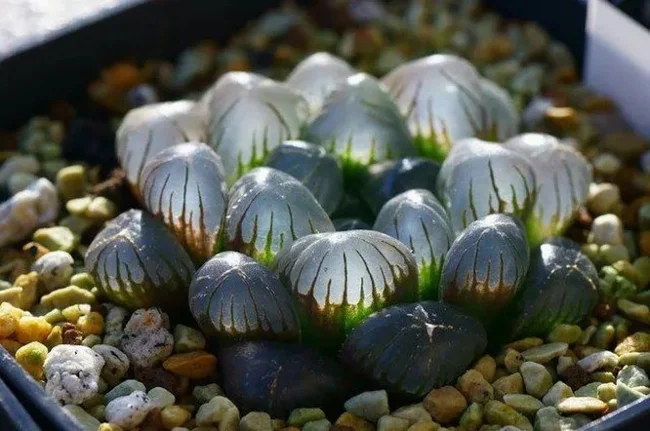
This small, fleshy, sometimes brightly and strangely colored plant is Haworthia, an alien and guest in our latitudes. The plant received its name, which sounds so unusual, in honor of E.H. Haworth, a famous biologist and researcher, especially interested in succulents. The fleshy leaves differ so much from species to species that you do not always recognize the plant right away. And yet, each species has its own charm.
"Vampire Plant" Langsdorffia 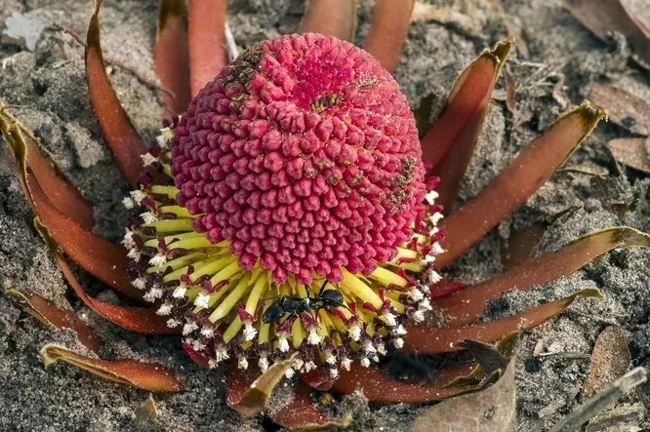
Langsdorffia is an extremely insidious plant, as it sucks nutrients from the roots of other plants, entangling them underground with its grayish tenacious shoots
"Walking" Palm or Socratea Napoletina 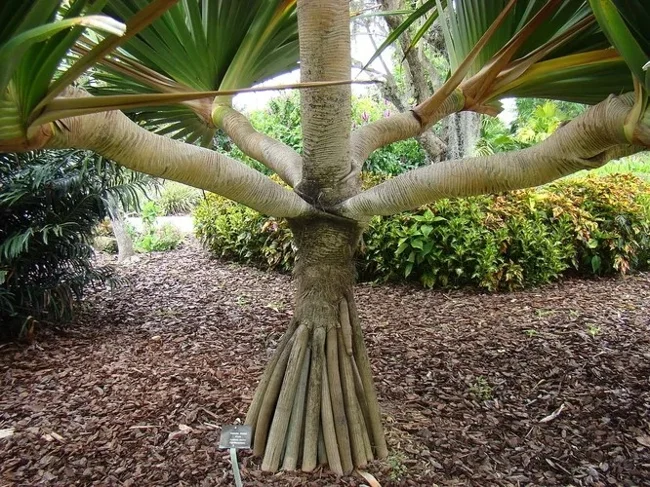
The palm got its name for its unusual roots, which start a few tens of centimeters above the ground and enter the soil, resembling legs.
Pollia condensata 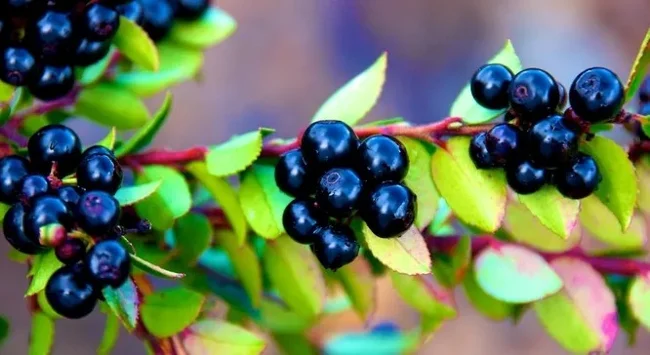
You can admire the berries of the plant only in Africa: in Ethiopia, Angola and Mozambique. The color of the berry changes depending on the angle from which you look at it. Due to the great similarity of these chameleon berries with beads, Africans often use them as a decorative ornament
Add your comment
You might be interested in:























